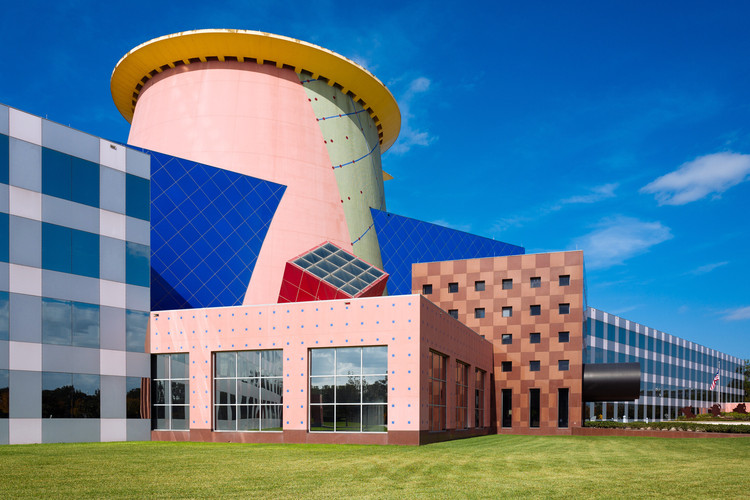
Postmodernism is back, it seems, and the architectural establishment has mixed feelings about it. This revival has been brewing for a while. In 2014, Metropolis Magazine created a “watchlist” of the best postmodernist buildings in New York that had been overlooked by the city’s Landmarks Preservation Commission, and were therefore at risk of being altered or destroyed. Last year, the listing of James Stirling’s One Poultry in the City of London kicked off a discussion about the value of Britain’s postmodernist buildings from the 1980s, as they reach an age when they are eligible for listing for preservation by Historic England. More recently Sean Griffiths, co-founder of the former architectural practice FAT, warned against a postmodernist revival, arguing that a style that thrived on irony could be dangerous in an era of Donald Trump, when satire seems to no longer be an effective political tool. The debate looks set to continue as, next year, London’s John Soane museum is planning an exhibition devoted to postmodernism.















.jpg?1513215939)


